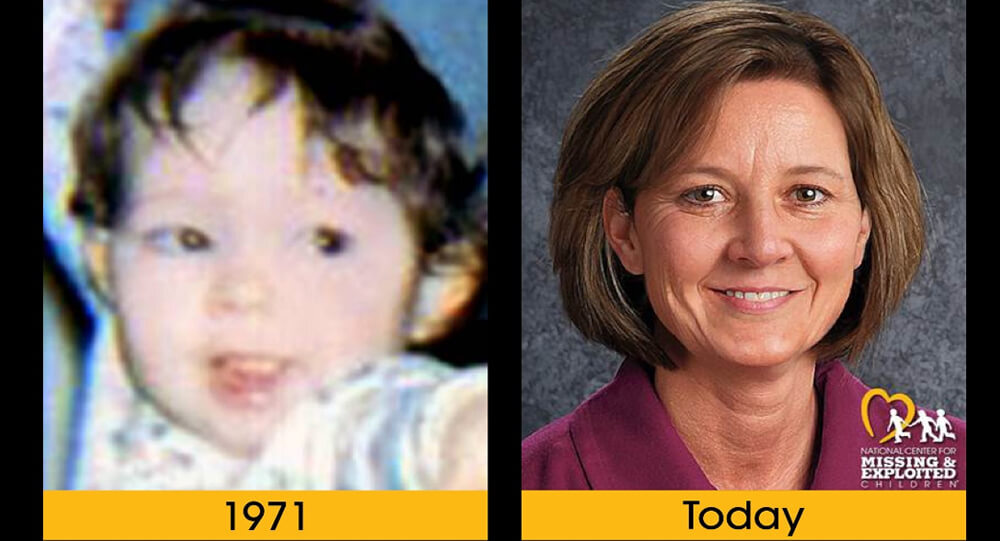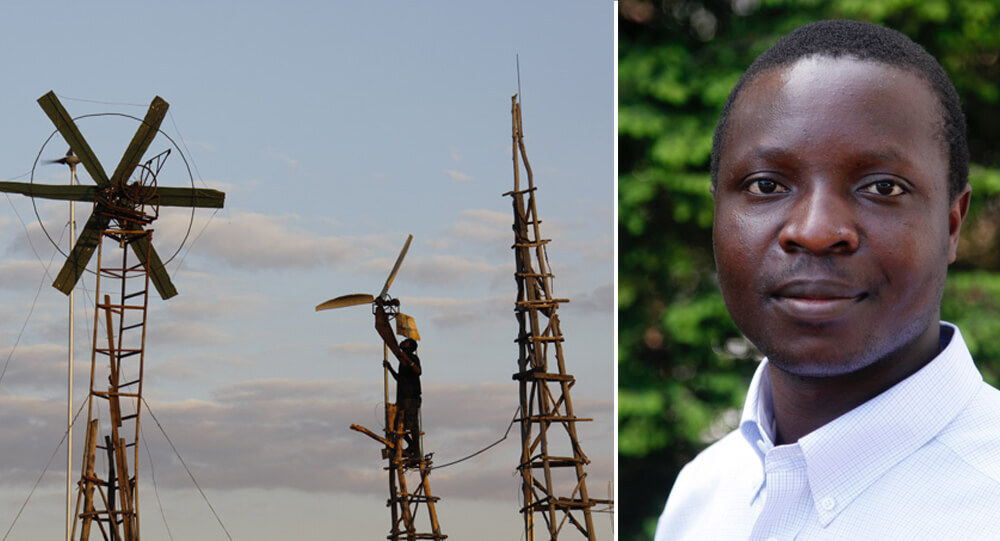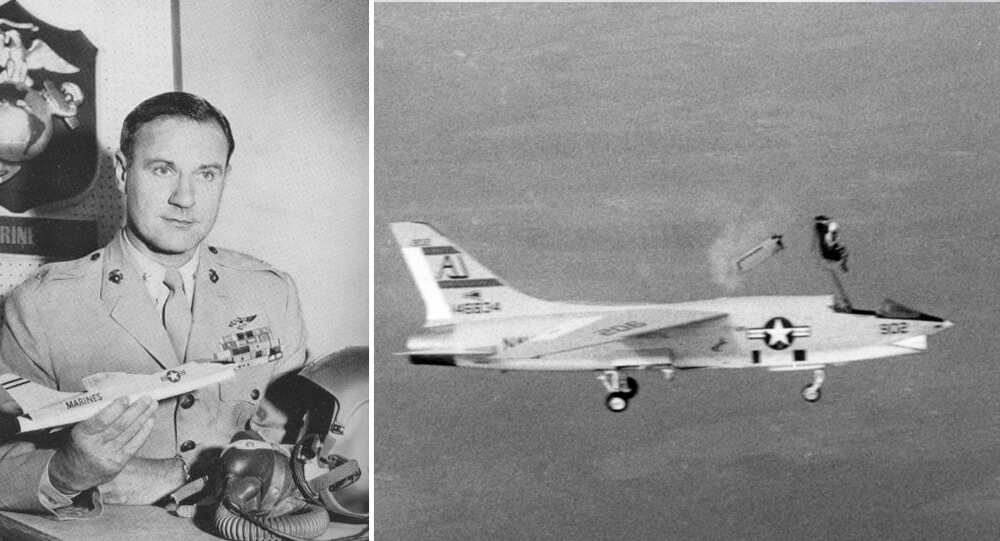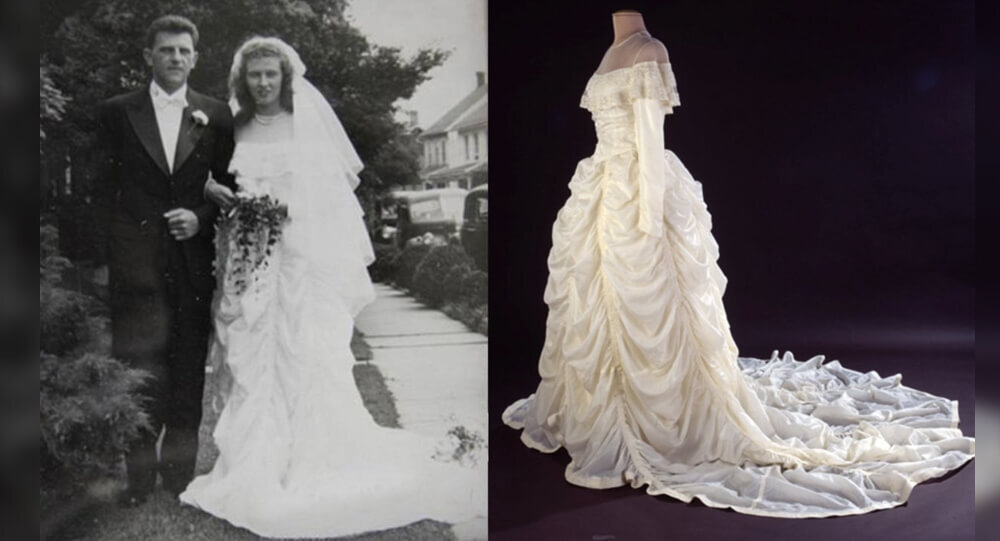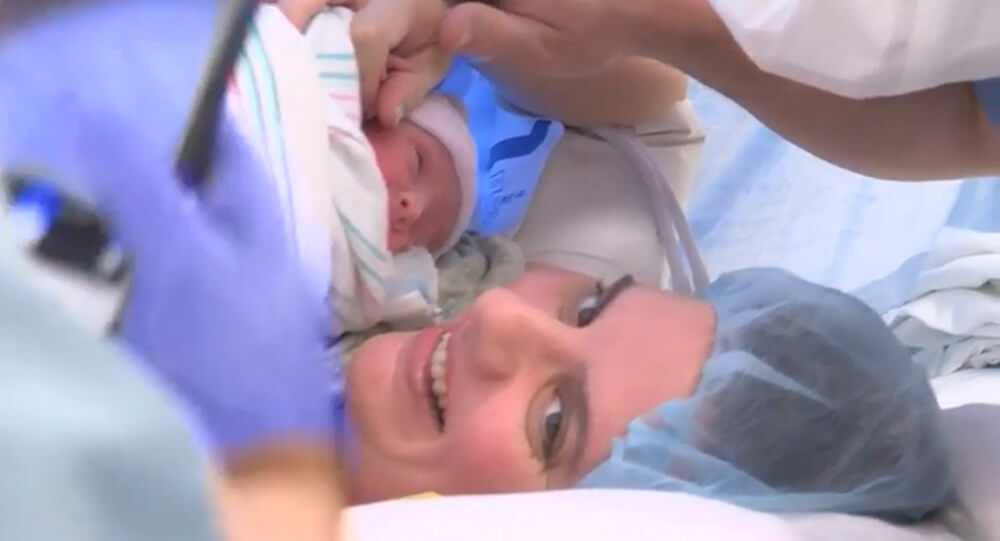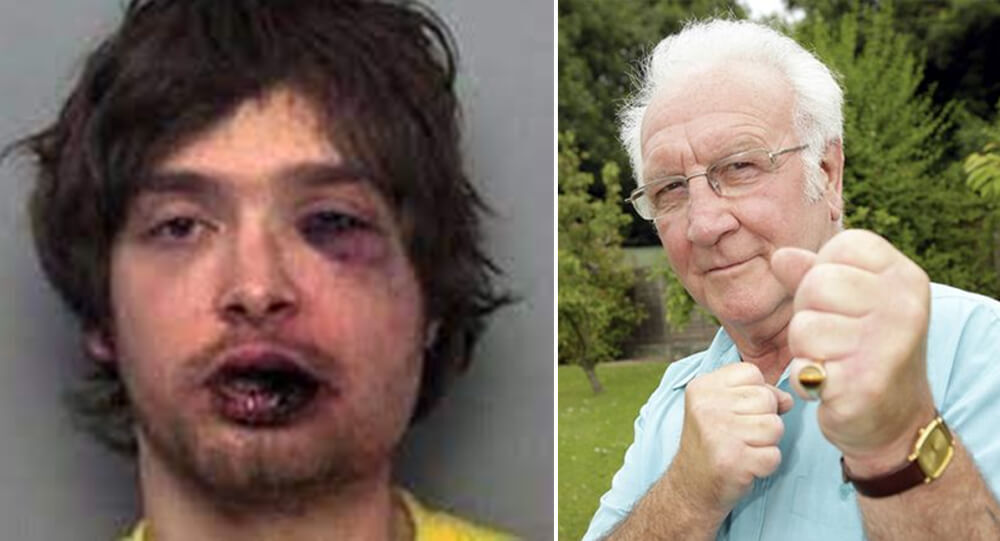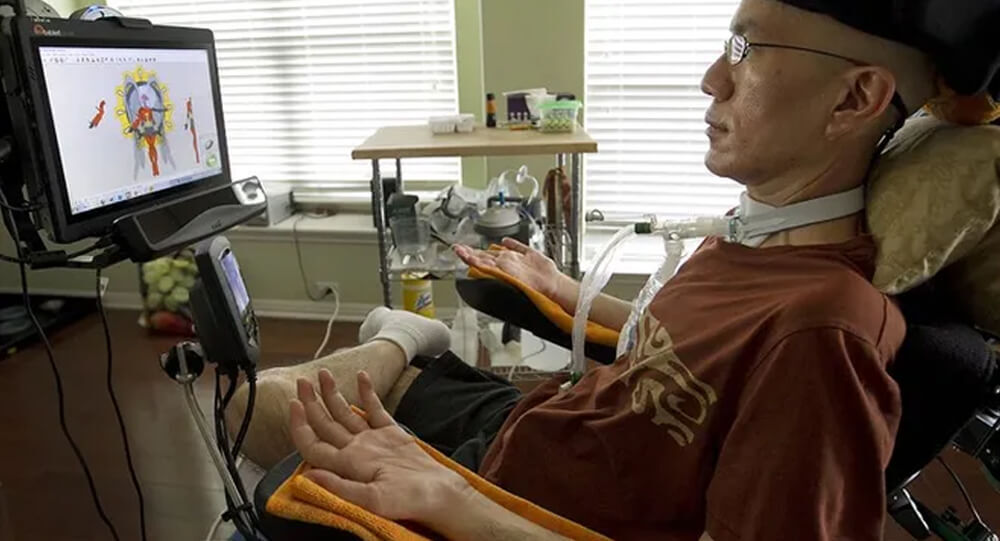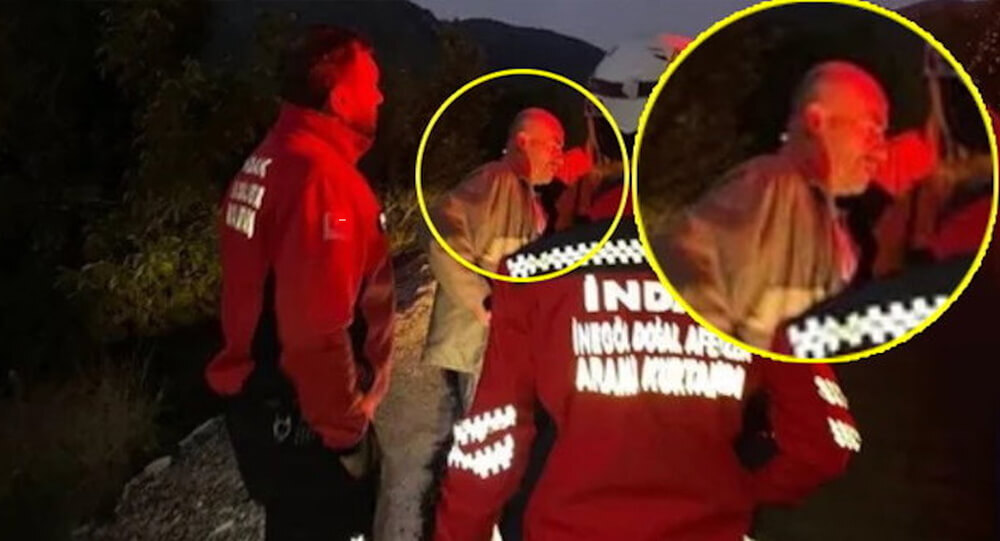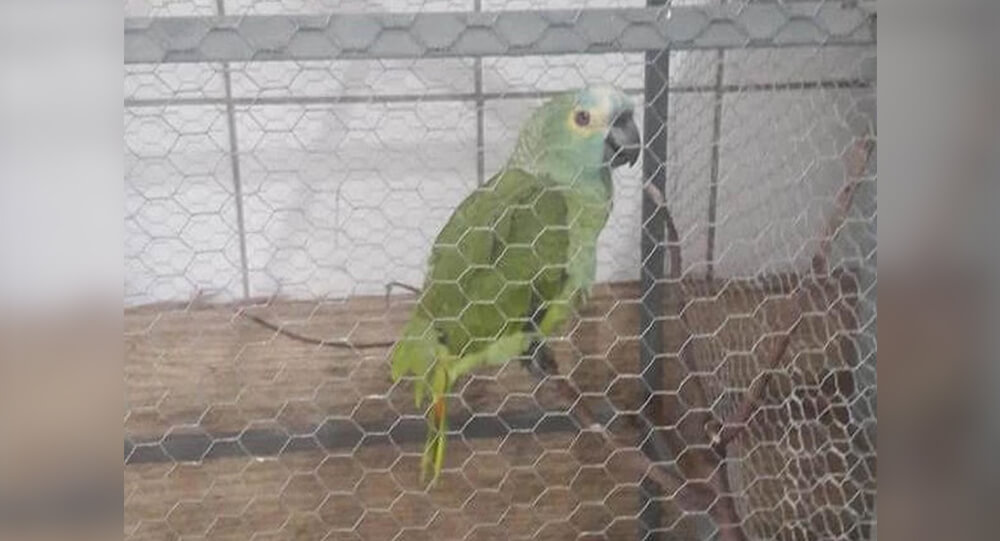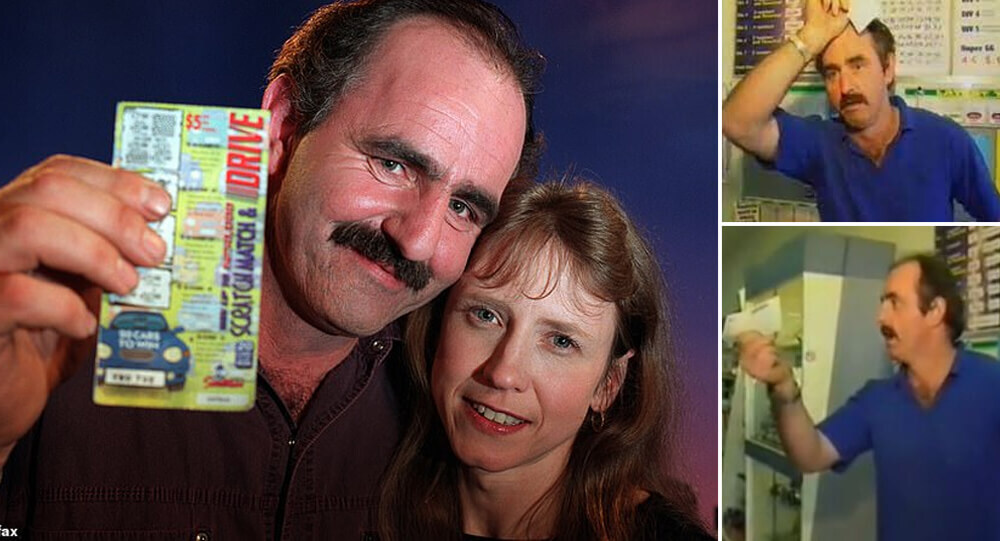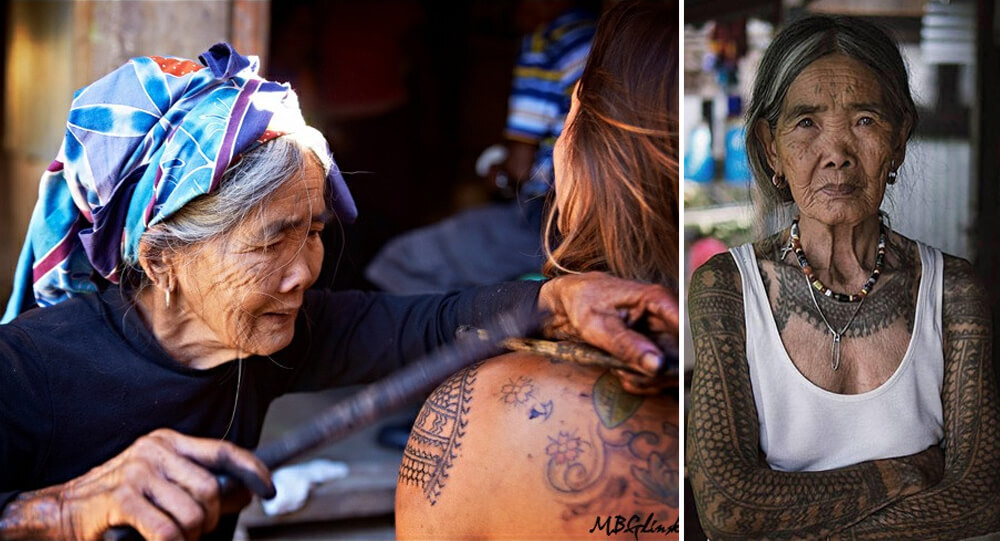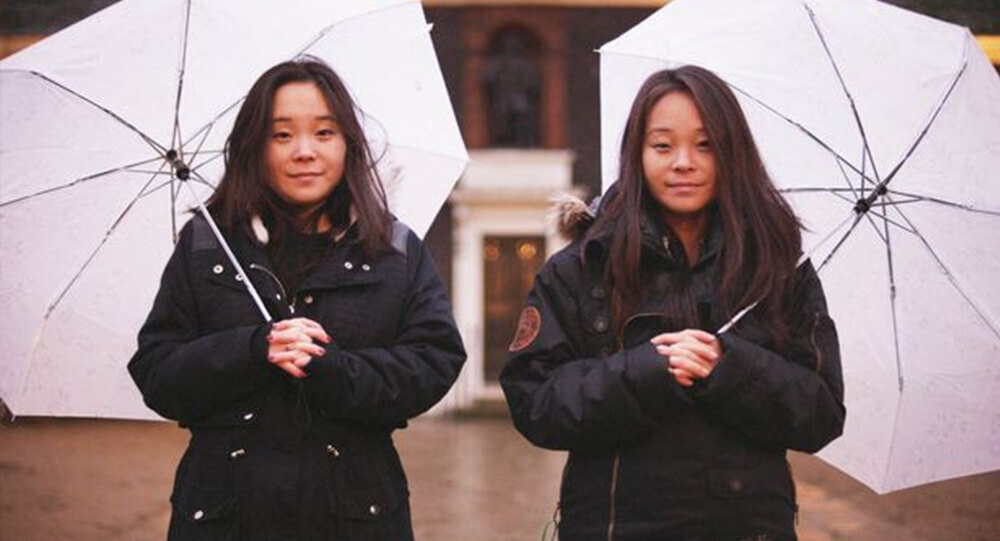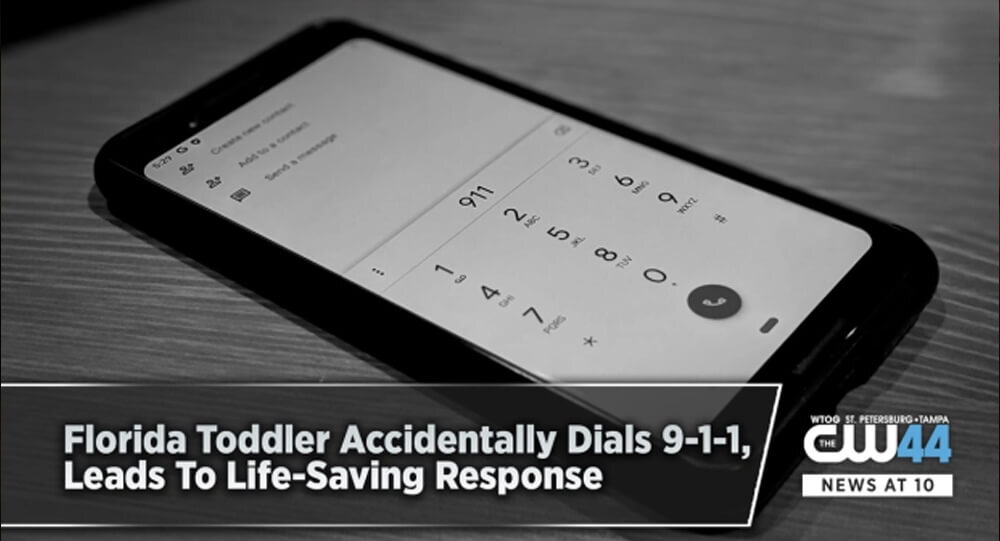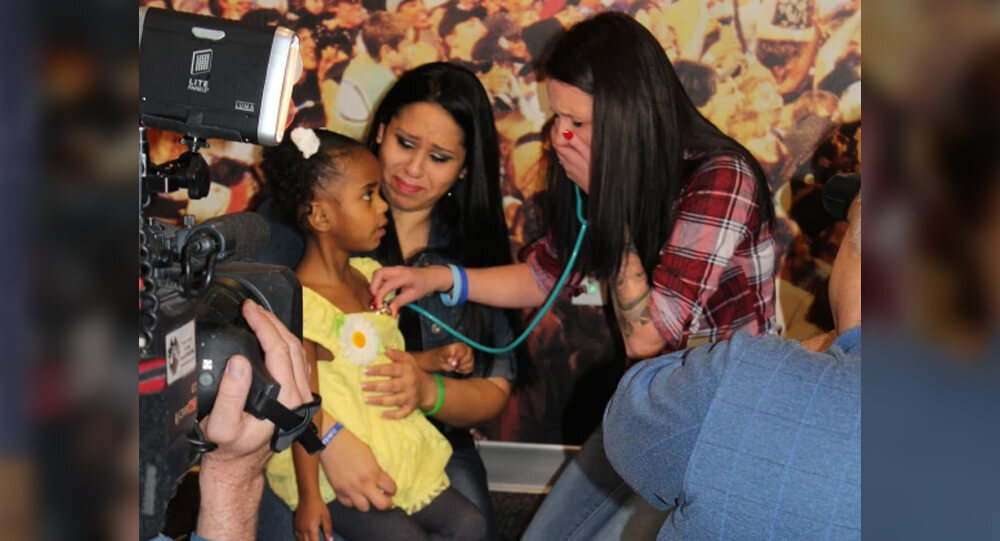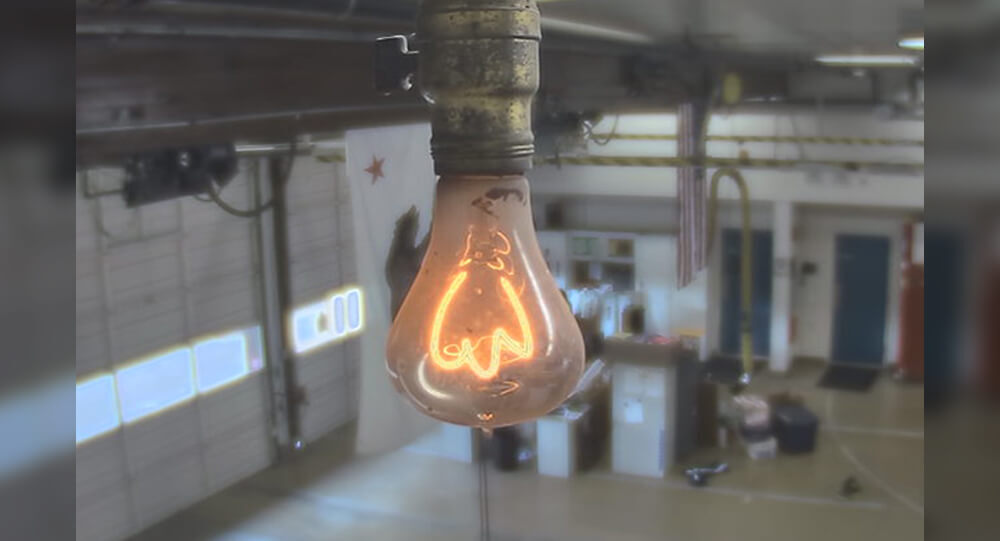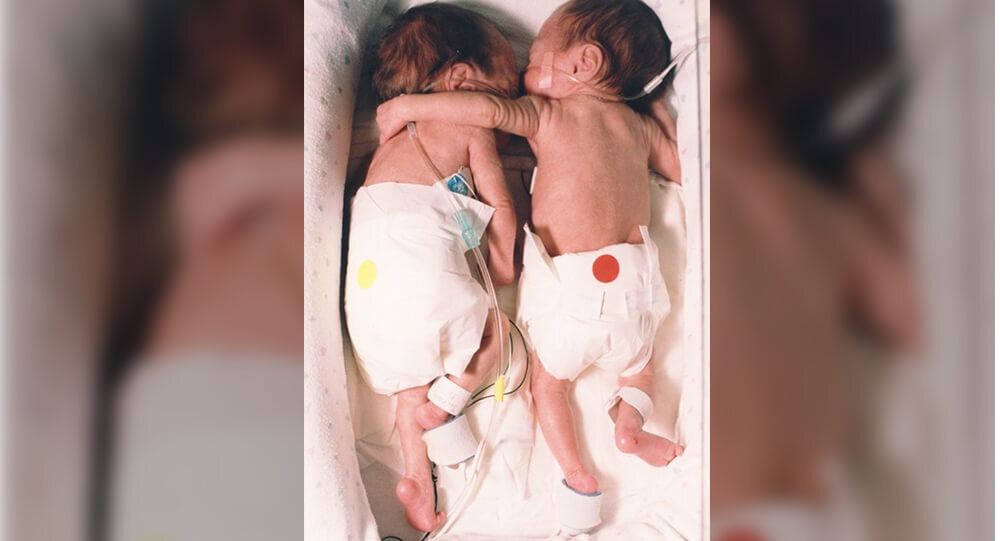

The rescuing hug - the touching story of twins Brielle and Kyrie Jackson
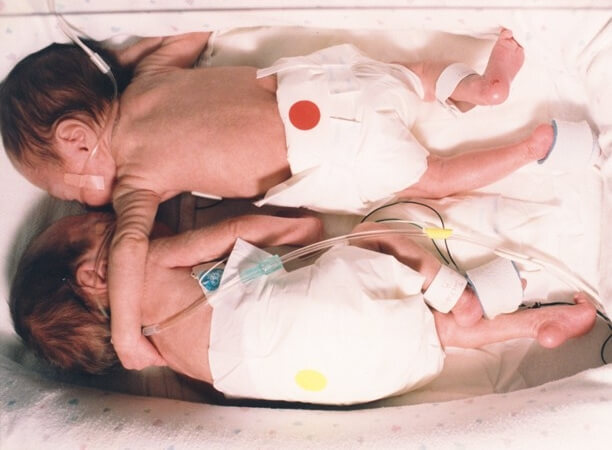
The first week of twins Brielle and Kyrie Jackson’s life is covered in detail in the article. On October 17, 1995, exactly 12 weeks before their due date, they were born. Both were in incubators, and Brielle wasn’t expected to survive. When she couldn’t breathe and began to turn cold and blue, a hospital nurse deviated from protocol and placed them in the same incubator as the previous attempt. Kyrie reportedly wrapped her sister in her arm, causing her condition to improve and her temperature to return to normal.
The Jackson twins
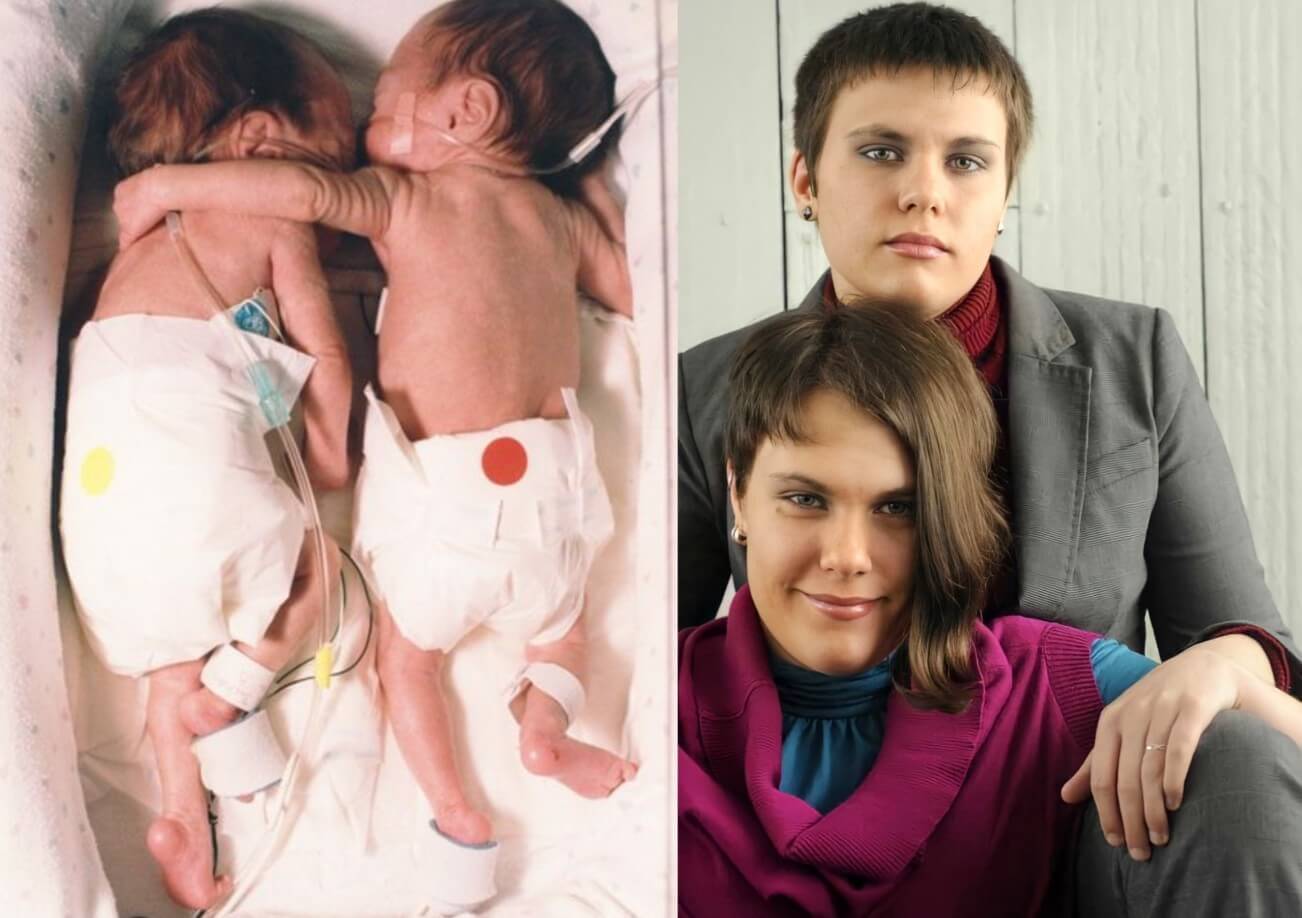
Brielle and Kyrie Jackson, the twin daughters of Heidi and Paul Jackson, were born on October 17, 1995, 12 weeks early. Preemie twins are typically placed in separate incubators in hospitals to lower the risk of infection. At Worcester’s Medical Center of Central Massachusetts’ neonatal intensive care unit, that was carried out for the Jackson girls.
Health condition
Kyrie, the older sibling who weighed two pounds, three ounces, started gaining weight right away and slept soundly for the first few days of her life. Brielle, who was born weighing only two pounds, was unable to keep up with her. She struggled with her breathing and heart rate. Her blood had a low oxygen content, and she had gained weight slowly.
On November 12, Brielle’s condition suddenly got worse. Her face, as well as her paper-thin arms and legs, turned bluish gray as she started gasping for air. She had hiccups, a potentially dangerous sign that her body was under stress, and her heart rate was extremely high. Her parents kept an eye on her, fearing the worst.
The last ditched effort to save Brielle’s life
To stabilize Brielle, nurse Gayle Kasparian made every effort she could think of. She sucked her airways and increased the oxygen supply to the incubator. Even though Brielle’s oxygen intake dropped and her heart rate shot up, she continued to wriggle and fuss.
Then Kasparian recalled what she had previously heard from a colleague. It was a procedure that required double-bedding multiple birth babies, especially preemies, but was almost unheard of in this country.
The arrangement was unusual because Susan Fitzback, Kasparian’s nurse manager, was away at a conference. Kasparian, however, opted to take a chance.
“Let me just try putting Brielle in with her sister to see if that helps,” she said to the alarmed parents. “I don’t know what else to do.”
Kasparian slipped the wriggling infant into the incubator holding the sister she hadn’t seen since birth after the Jacksons swiftly gave the go-ahead. The Jacksons and Kasparian then observed.
The rescuing hug
As soon as the incubator’s door was shut, Brielle cuddled up to Kyrie and immediately became calmer. Within a short period of time, Brielle’s blood-oxygen levels were at their highest point since birth. Kyrie held her younger sibling in her tiny arm as she dozed.
A coincidence
By chance, there was a presentation on double-bedding at the conference Fitzback was attending. I want to see this happen at The Medical Center, she reasoned. Making the change, though, might be challenging. Sue, take a look in that isolette over there,” the nurse who had been taking care of the twins that morning told Fitzback as she was making rounds when she returned. It’s really lovely. “You mean we can do it?”, the nurse enquired. “Of course we can,” Fitzback said.
Conclusion
Co-bedding is now almost universally used in hospitals as a special newborn twin care strategy, which appears to cut down on risk factors and hospital days

Hyperinflation of the Zimbabwe dollar turning phasing out their local money in 2015
Hyperinflation of the Zimbabwe dollar made it one of the lowest valued currencies in the world. So the country abandoned it in 2009, and switched to using foreign money. In 2015, to complete the process of phasing out their local money, the government offered to exchange it at a rate of one US dollar for 35 quadrillion Zimbabwean dollars.

The Terrifying Mount St. Helens Eruption is Captured by the Robert Landsburg Photographs
Robert Landsburg, a photographer who upon realisation that he is going to die in the mount St. Helens eruption of 1980 lay down on top if his equipment to preserve the photographs he had taken of the events. Landsburg‘s body was found 17 days later, buried in ash with his film intact.

A woman who had been lost since she was a newborn 51 years ago was said to have been spotted
A woman who had been lost since she was a newborn for 51 years was reported to have been sighted.

Why Is the N Lowercase in 7-Eleven?
7-ELEVEN is thought to have a lowercase "n" in its logo because the company president's wife believed that a logo with all caps would seem harsh, while a lowercase "n" would make it more graceful.

Self-taught William Kamkwamba built a windmill for his town
A Malawian teenager who taught himself how to build a windmill out of junk and bring power to his village. He then went on to build a second, larger windmill to power irrigation pumps. He did this all from books he read in the library.

The Man Who Survived Falling Through a Thunderstorm, William Rankin
William Rankin was a fighter pilot who survived an ejection into a thunderstorm. He suffered frostbite, violent wind and lightning, severe decompression, and nearly drowned from breathing in rain water. He was in the cloud for over 40 minutes in total.

The WWII Parachute Wedding Dress
Major Claude Hensinger jumped out of a B-29 bomber during World War II when the engine caught fire. He was saved by his parachute. Later, he requested that his fiancée Ruth make him a gown out of the same parachute. The dress is now on display at the Smithsonian Institute.

Baby Lynlee 'born twice' after life-saving tumour surgery
Baby Lynlee was "born twice." First, surgeons brought her out of the womb to remove a spinal tumor. After the successful surgery, she was placed back and born again as a healthy baby girl.

Smart guy brings life-sized cutout of his late mother to his graduation
Even though that his mother passed away in 2016, a young man had a clever idea to make a life-size cutout of her and bring it to the event so that she could attend his graduation ceremony.

LEGO Braille Bricks: Revolutionizing Braille Learning Through Play and Inclusion
go Braille Bricks were launched in 2020 to help visually impaired children learn Braille through play. Each brick features the Braille alphabet and is fully compatible with standard Lego sets, allowing sighted peers to join in, fostering inclusivity and collaboration in learning environments.

24-year-old burglar beaten by retired boxer victim
A 24-year-old knife-wielding burglar attempted to get into the home of a 72-year-old senior in Oxford, England, in 2009, but was left battered, bruised, and pinned to the ground. Frank Corti, the elderly, turned out to be a former boxing champion.

ILOVEYOU Virus, the worst computer virus of all time
The ILOVEYOU Virus, also known as Love Letter for You or Love Bug, had a high infection rate due to its ability to spread itself by copying entries from users' email address books. It is a virus that was created in 2000 by a college student in Manilla, Philippines, and was recognized by the Guinness Book of World Records as the worst computer virus of all time, causing more damage than anything before it.

The Inspiring Journey of Francis Tsai, Marvel Comics artist diagnosed with ALS
Francis Tsai, an American illustrator and conceptual artist who worked for Marvel Comics, was diagnosed with ALS in 2010. After he lost the ability to move his hands and arms, he started painting digitally on his cellphone with his right big toe. After he could not move his feet anymore, he began using eye-gaze technology to keep drawing.

A man joins a search operation without realizing he is the missing person
Beyhan Mutlu, a Turkish national, was reported missing by local media and unintentionally joined search teams looking for himself in a forest. He was drunk and lost in the woods when he ended up in a group with others looking for himself.

'Super obedient' lookout parrot trained by Brazilian drug dealers is seized by police
In 2019, police in Brazil seized a 'super obedient' lookout parrot trained by drug dealers. According to reports, the bird had been taught to alert criminals to police operations by shouting: "Mum, the police!" As soon as the police got close, he started shouting.

Leo Grand: from homeless to mobile app developer
In 2013, A young programmer offered a homeless man the choice between $100 cash or coding lessons. Leo Grand chose the lessons, and his first mobile app was “Trees for Cars," which helps drivers find carpooling partners.

A U.S. Submarine Collides with a Japanese Fishing Ship in 2001
In 1998, 14-year-old Michael Crowe was charged with the murder of his sister. The police started targeting him after he seemed “distant and preoccupied” when his sister’s body was discovered, and during interrogation, police coercion led him to make a false confession. He was later declared factually innocent and the family won a lawsuit of $7.25 million in 2011.

Australian man dies, comes back to life, and wins the lottery twice
Bill Morgan, an Australian, is a man who has beat the odds. He escaped death by surviving a horrific automobile accident and heart attack before collapsing into a coma and going on to win the lotto twice. He went from losing virtually everything to winning far more than he could have imagined.

Whang-od Oggay, The legendary tattoo artist from the Philippines
This is Whang-od Oggay, a 106-year-old tattoo artist from the Philippines. She is often described as the last and oldest Kalinga tattoo artist, and has been performing the traditional art of hand-tapped tattoos since the age of 15

A man who was saved from committing suicide 16 years ago now assists people dealing with mental health issues
Kevin Berthia traveled to the Golden Gate Bridge in 2005 to commit suicide. He ended up spending 92 minutes on the edge of the bridge talking to officer Kevin Briggs about his life. In much better circumstances, they cross paths at the same bridge ten years later.

Woman had no idea she had an identical twin until she saw a 'lookalike' on YouTube
When Anais Bordier saw a YouTube video of Samantha Futerman, who looked exactly like her, she messaged her on Facebook and discovered they were both adopted and born on the same day. They were identical twins who had been separated at birth and had found each other by chance and on social media.

Woman survives skydiving accident, discovers she's pregnant
2005, a woman performing her first solo skydive jump survived a parachute malfunction which caused her to slam face first into a parking lot at 50 MPH. During surgery doctors discovered she was pregnant. She made a full recovery and the baby was fine.

Toddler Calls 911 Accidentally and Saves Dad's Life
A father from Florida collapsed on the floor during a medical episode. Fortunately, his toddler son dialed 911 by accident and saved his life. An officer from the Hernando County Sheriff's Office arrived quickly and administered first aid before transporting him to a nearby hospital.

Mom hears son's heartbeat 3 years after his death when she meets organ recipient
She agreed to donate her son's organs after his sudden death in June 2013 at the age of 7 months. The grieving mother was able to listen to her late son’s heart beating inside the little girl who received the organ after his death.

Longest burning light bulb, The centennial light bulb in livermore, California
The world's longest lasting light bulb holds the Guinness World Record, and has been illuminating local fire stations in Livermore, California since 1901, the year Queen Victoria died.



